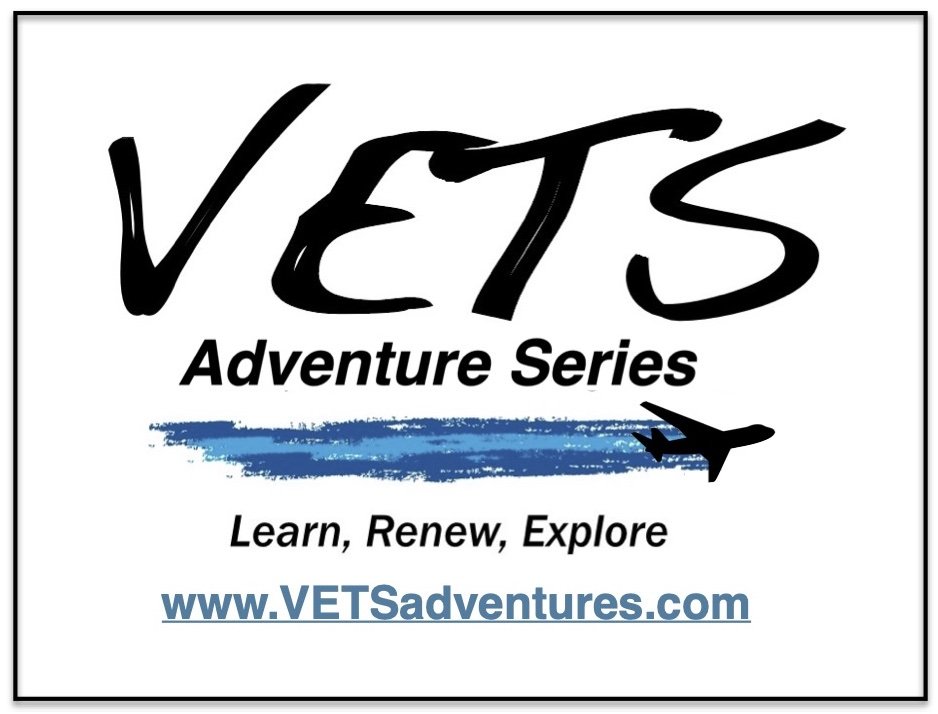SOLD OUT
Call Kevin Saxe to GET ON THE WAITING LIST at 510-382-0898
RACE Approved for 16 hours of Continuing Education credit for veterinarians—
approval # 20-886965
June 30 - July 7, 2022
The VETS Adventure Series will be making its 4th expedition to the Galapagos. We will also have an optional post-trip to Machu Picchu. You will be earning Continuing Education credit as you travel with Veterinarians & Their Families to a historic part of the world.
Prices start at $6201 per person (pricing varies based on the cabin you select.) International airfare is not included. In-country airfare is included.
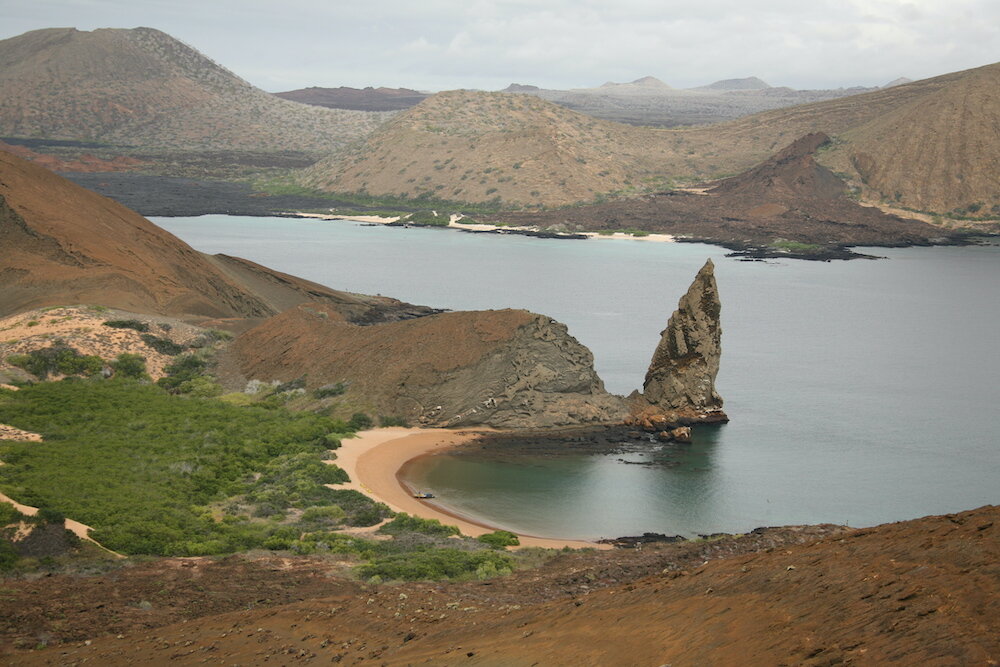
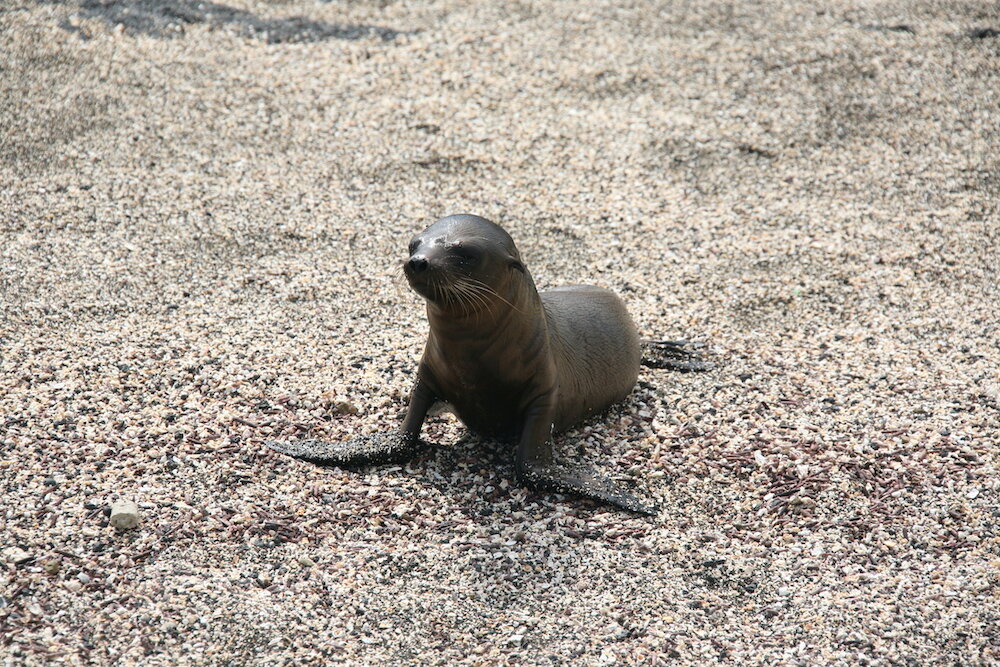
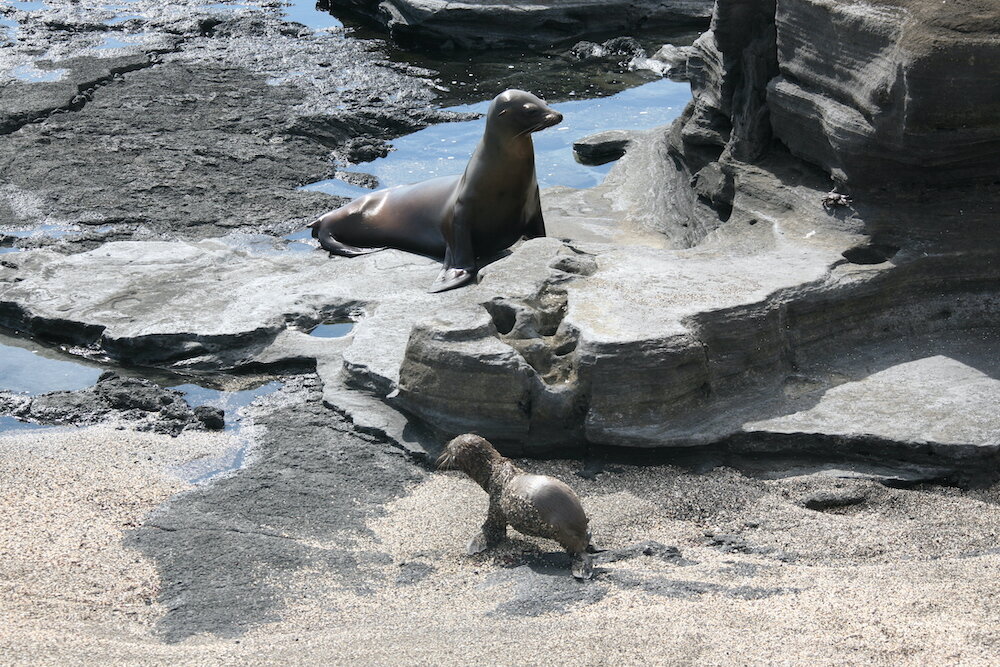


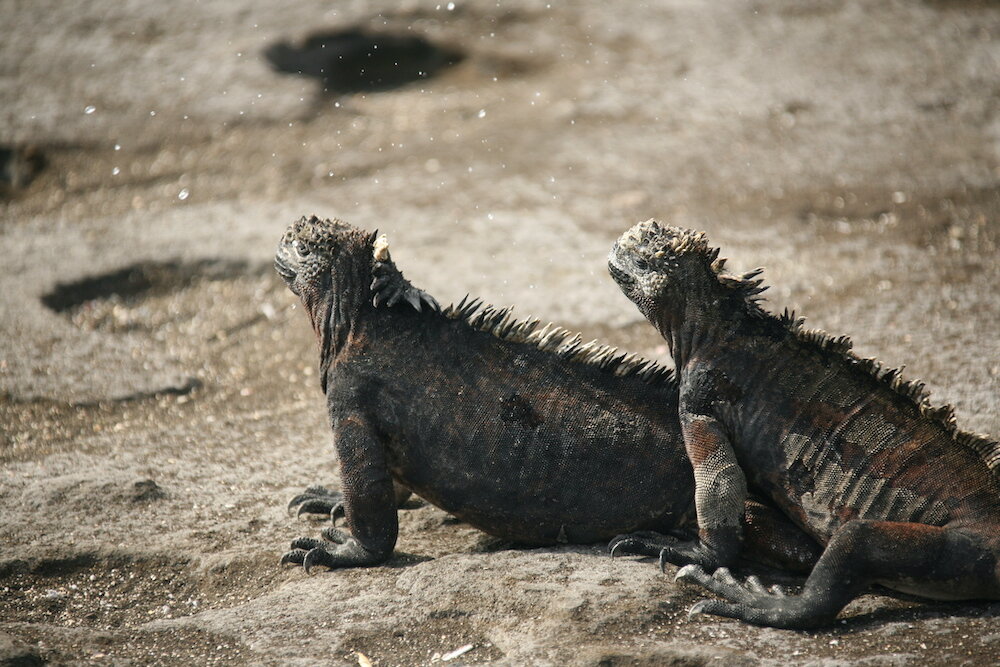
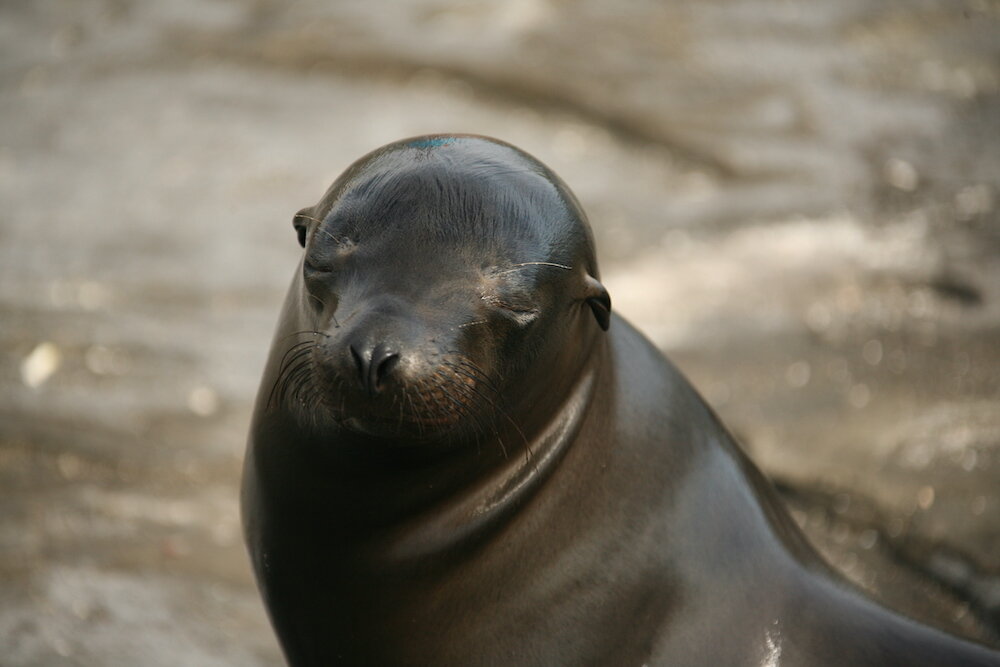
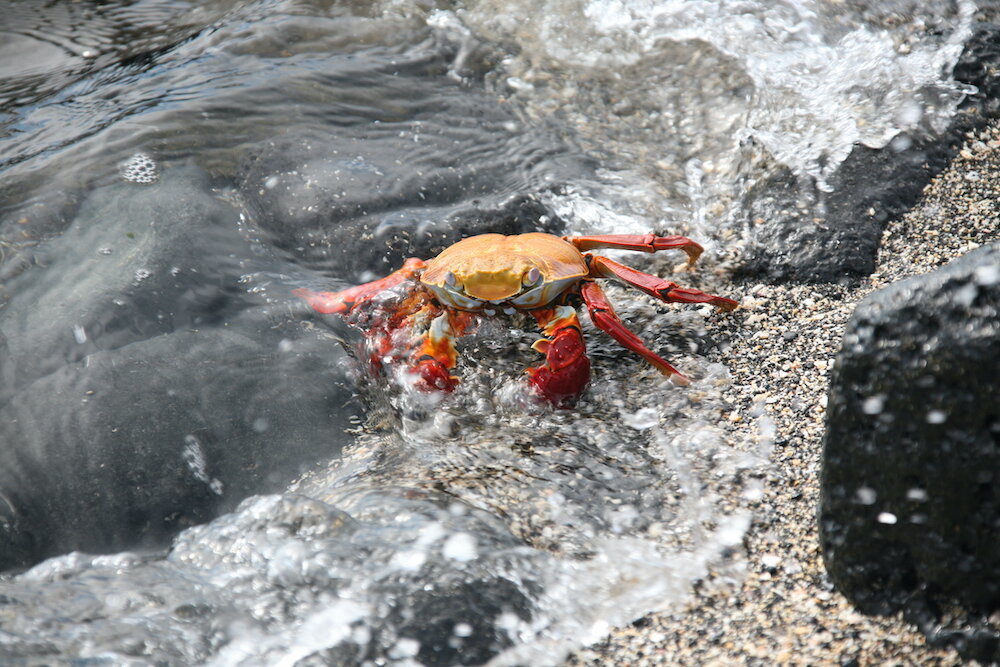
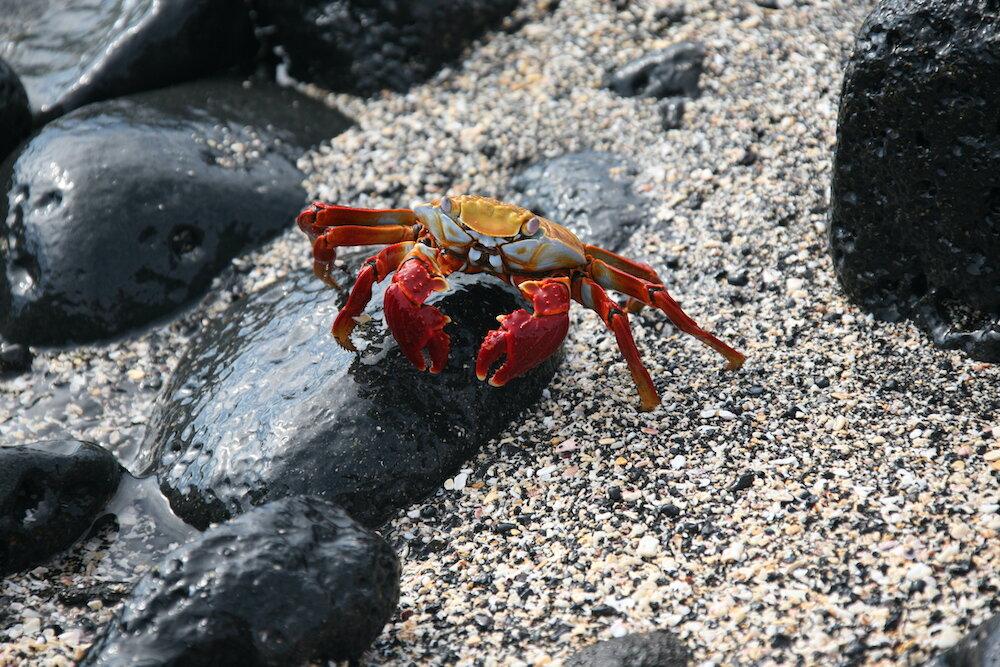
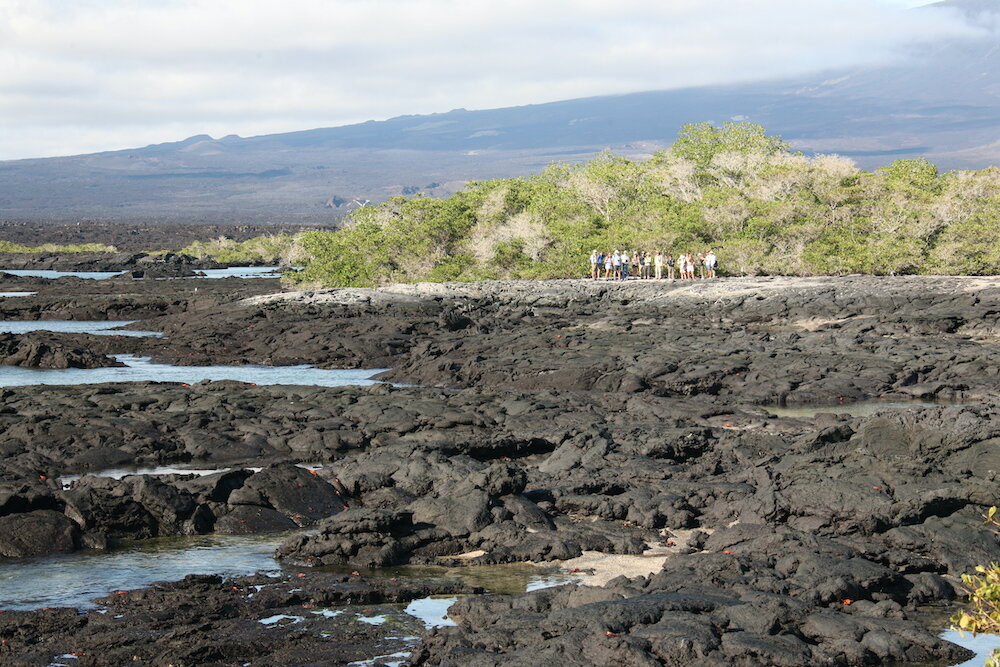

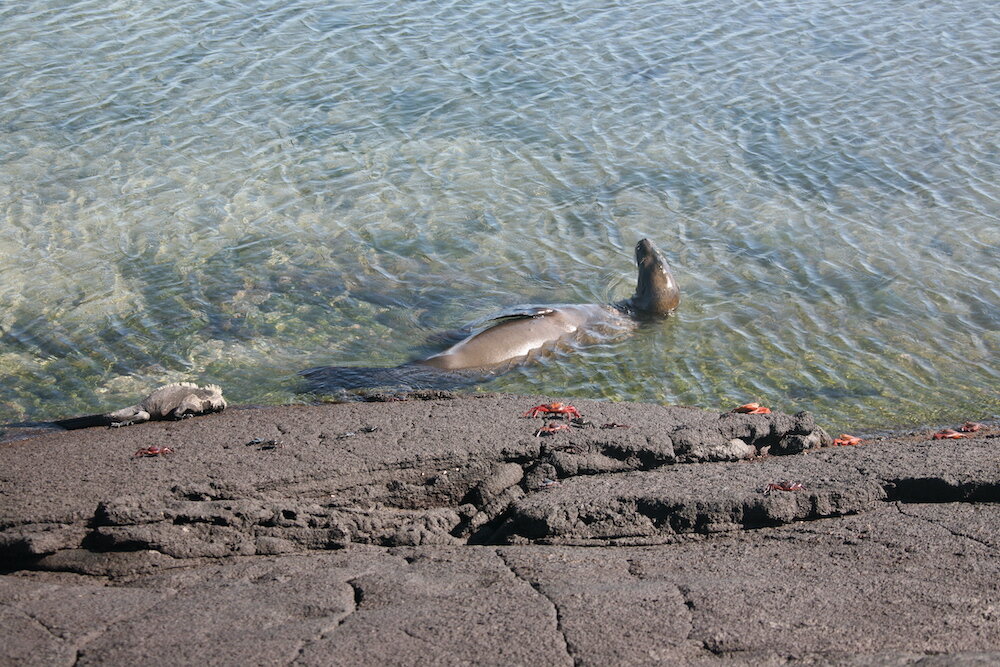
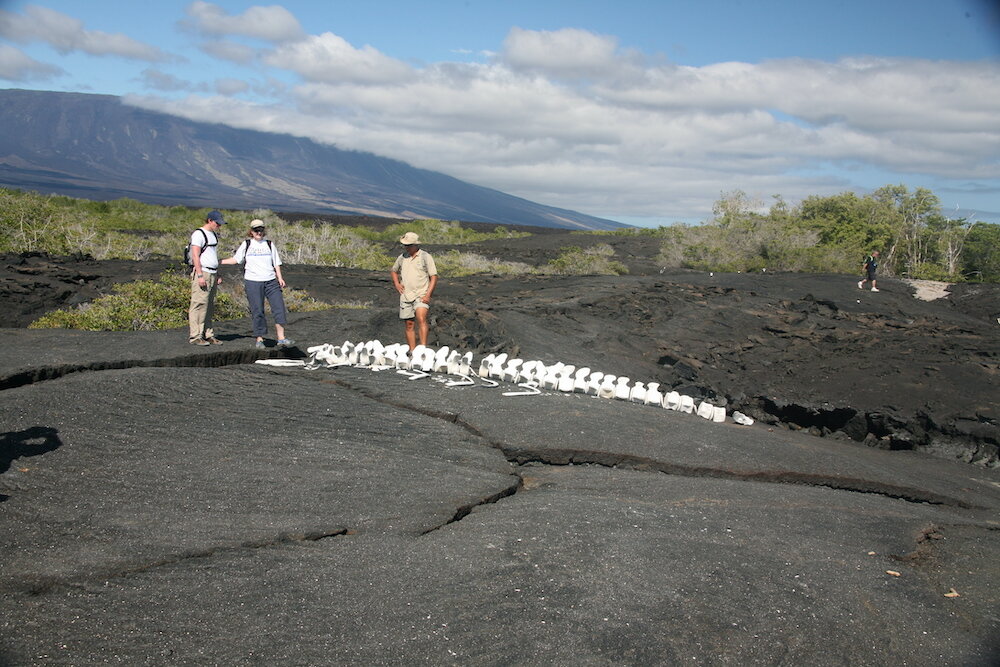
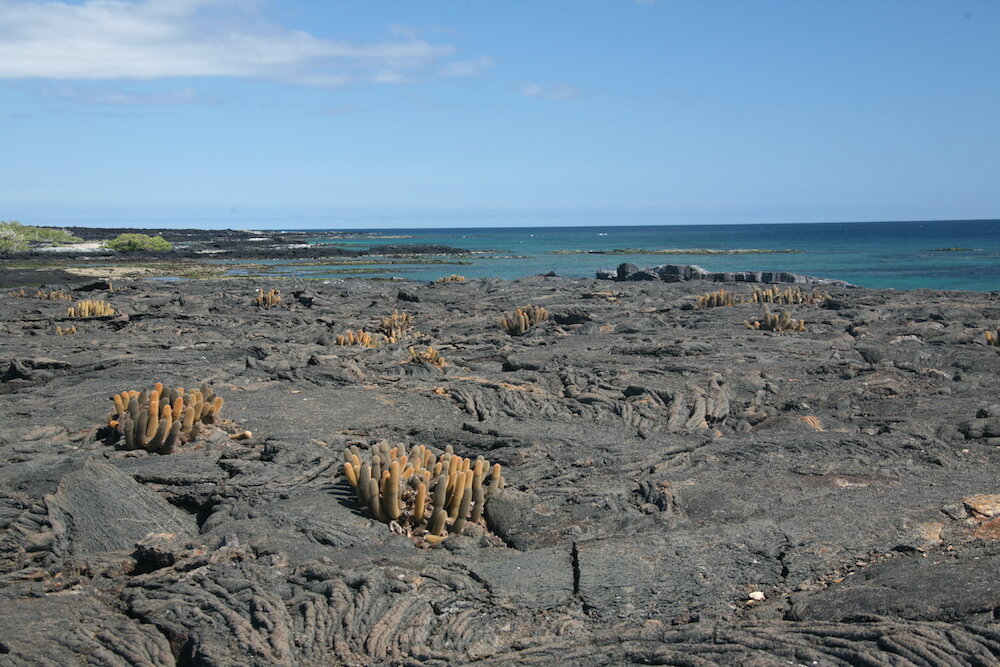
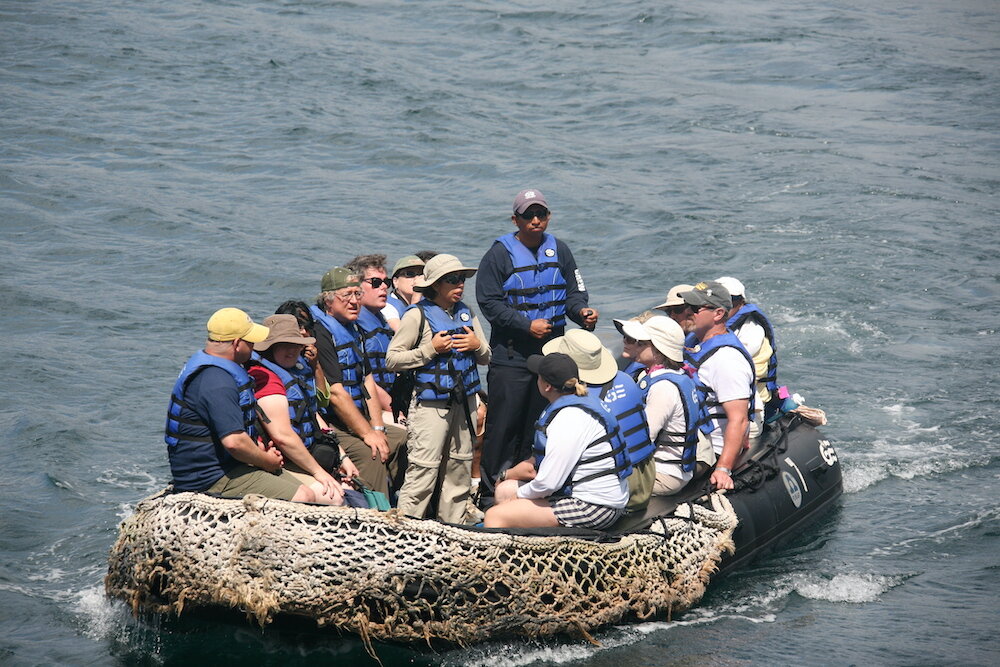

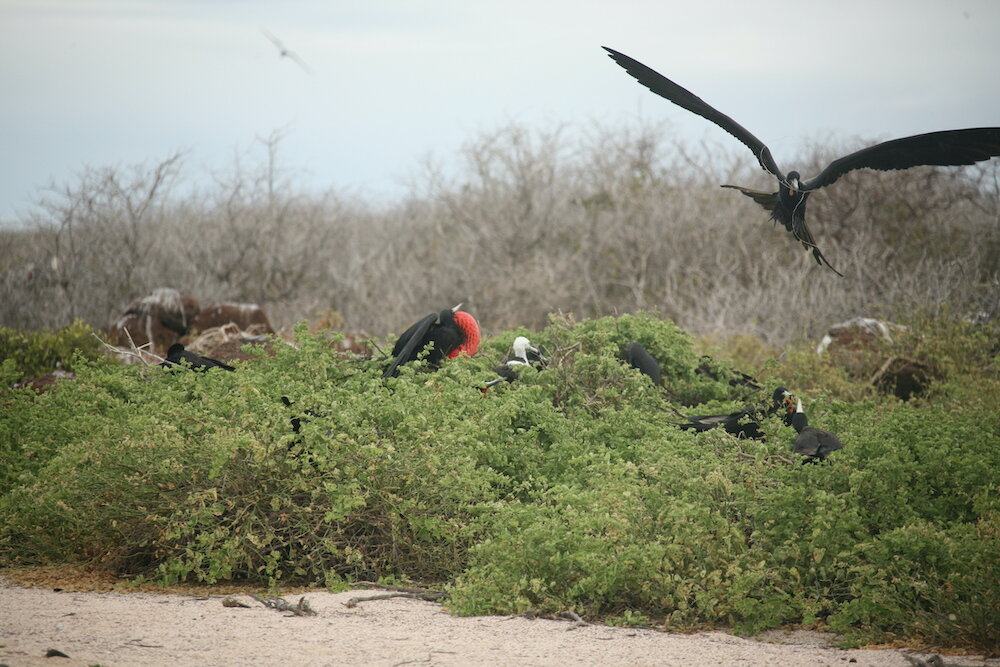
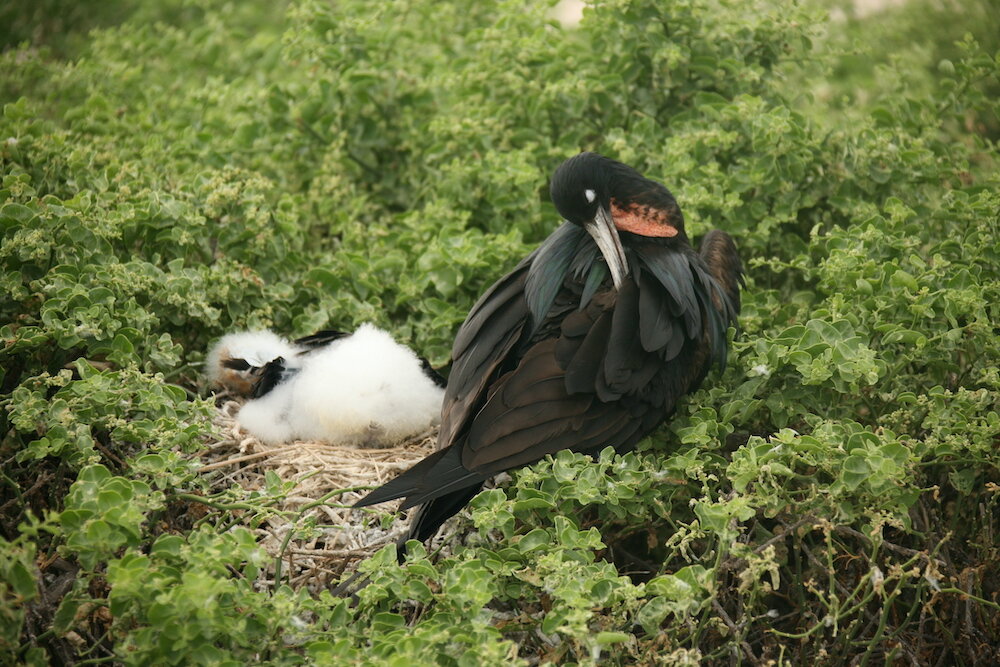
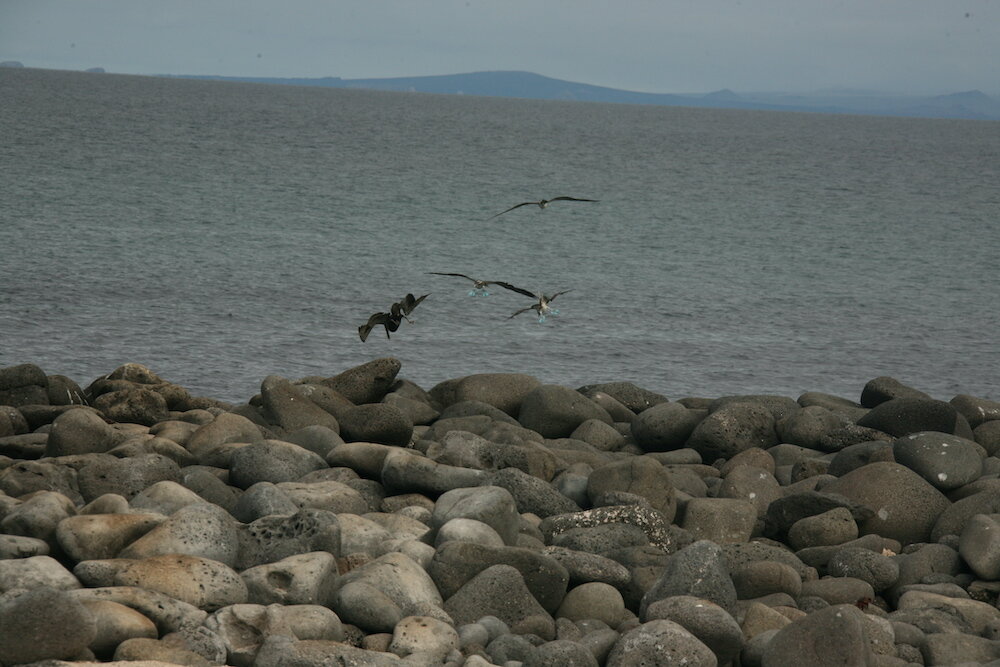


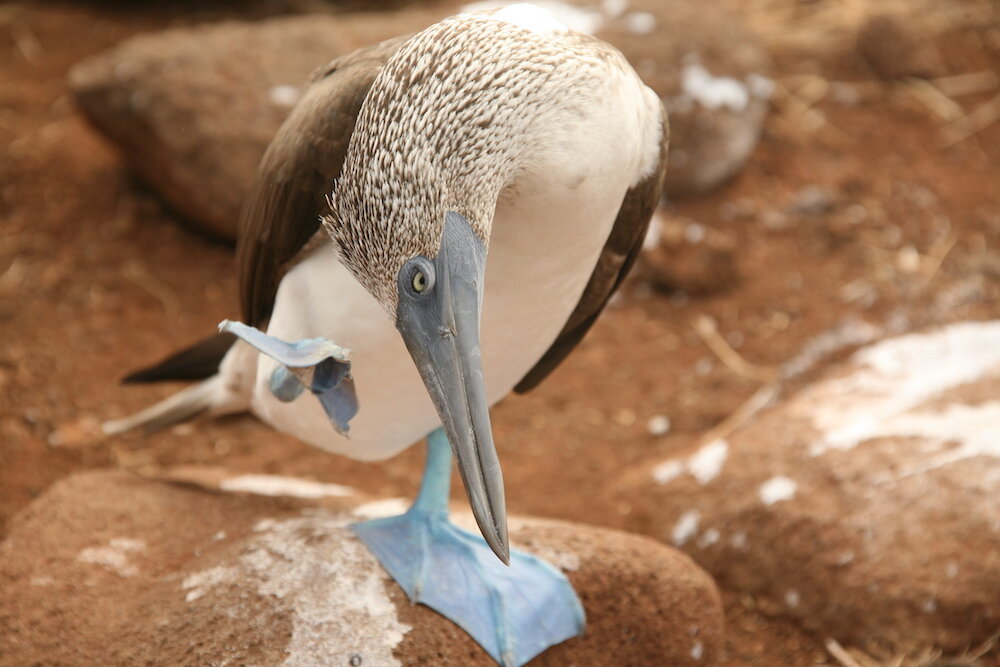

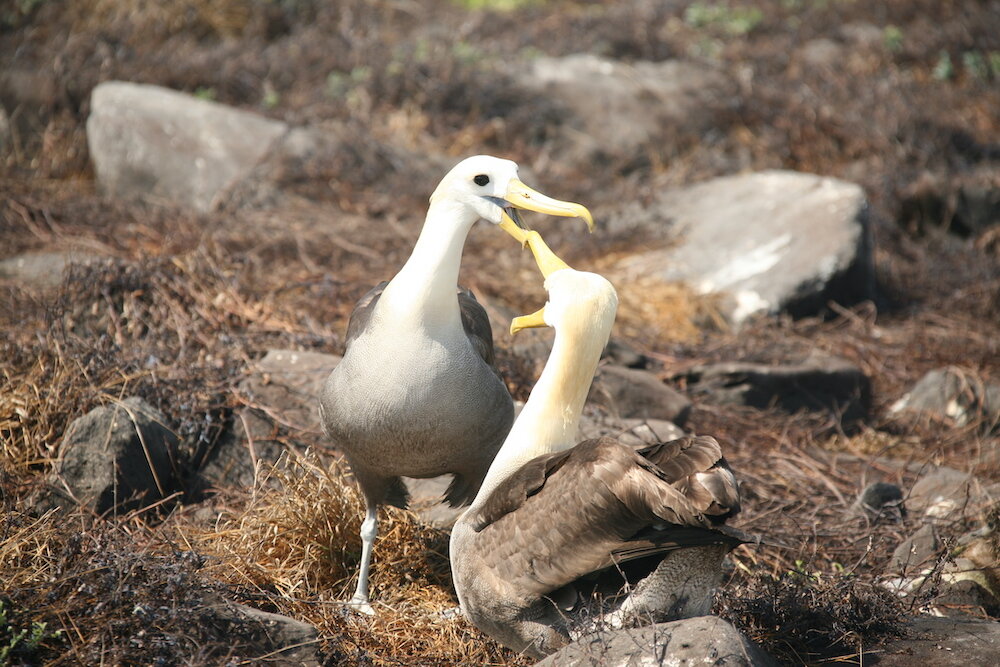
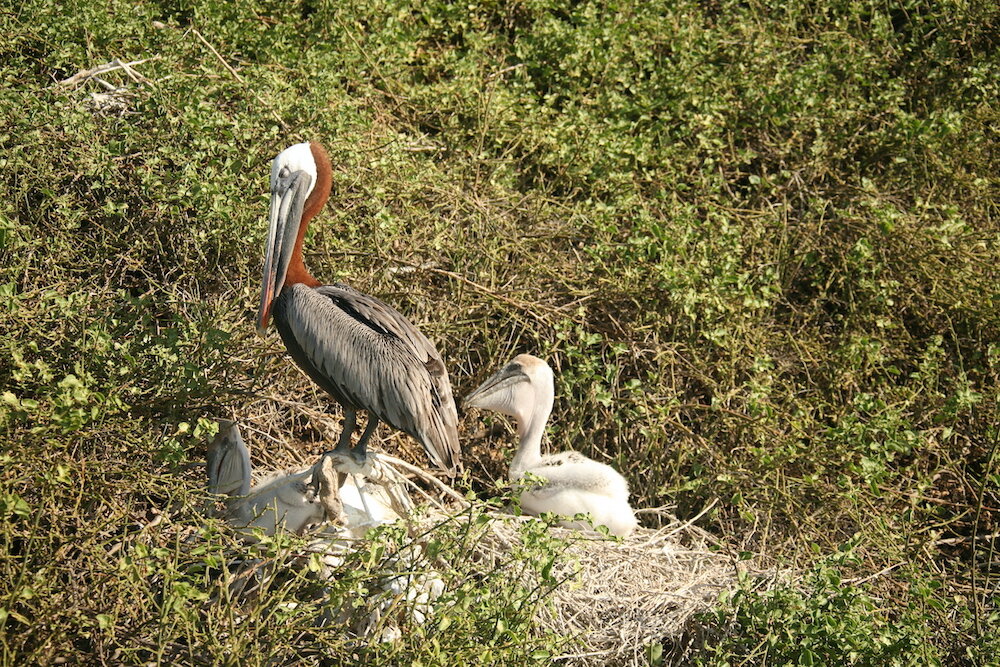
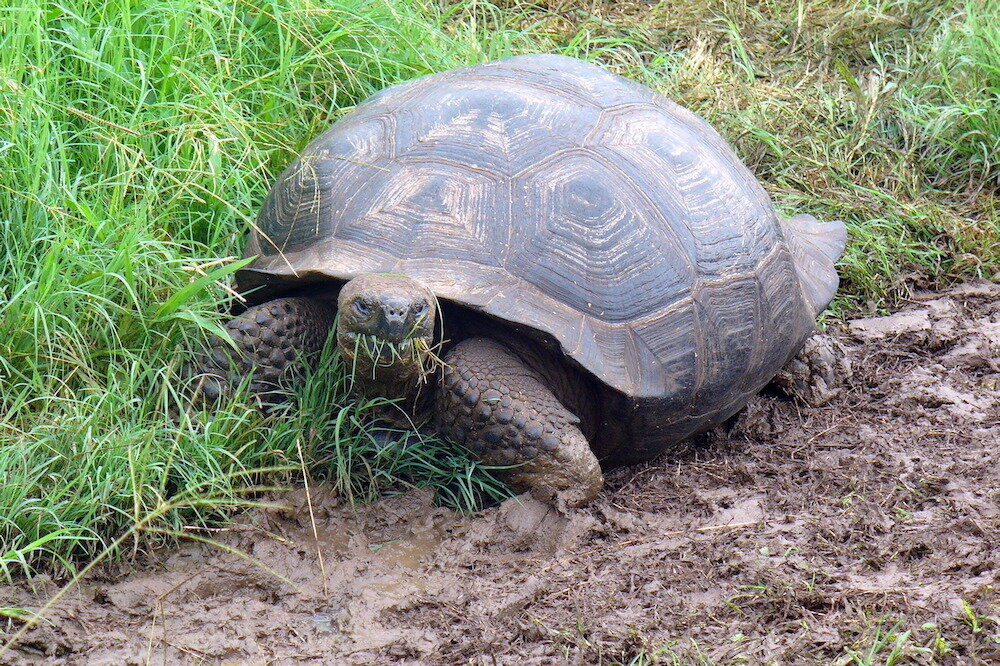
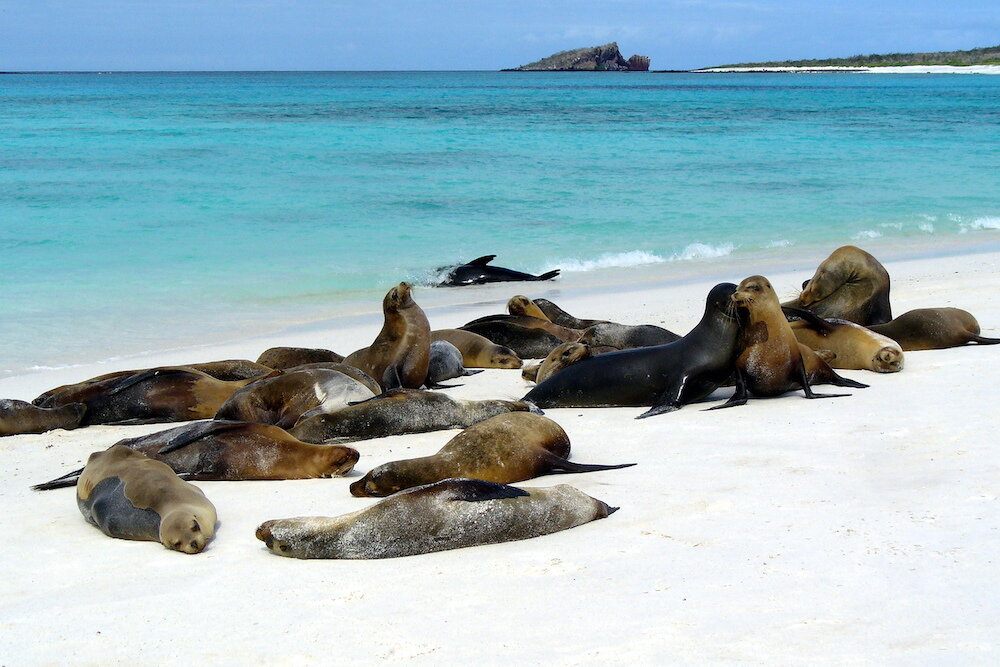
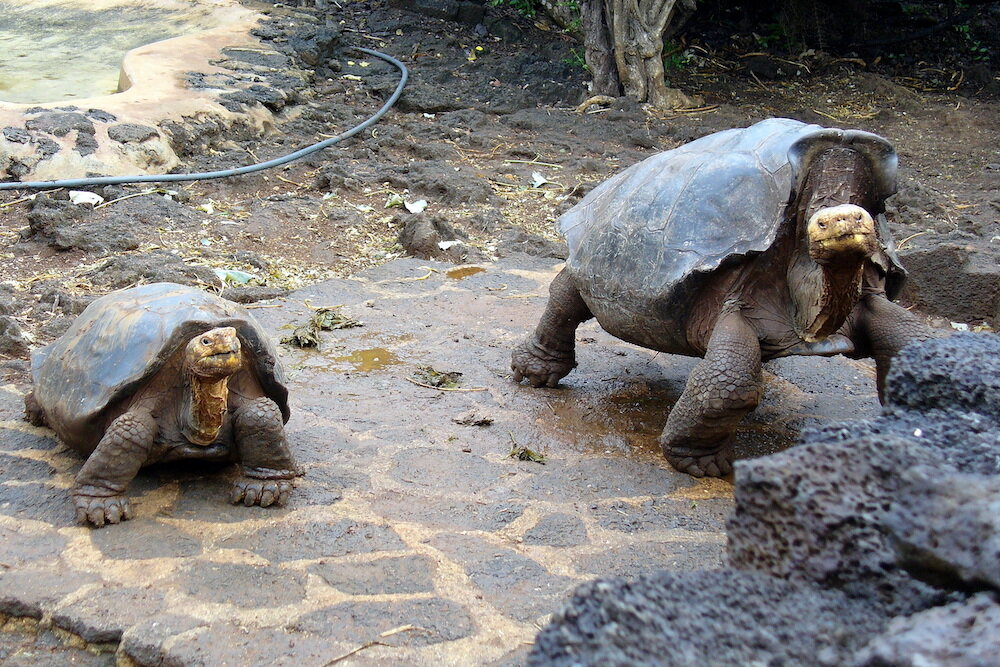
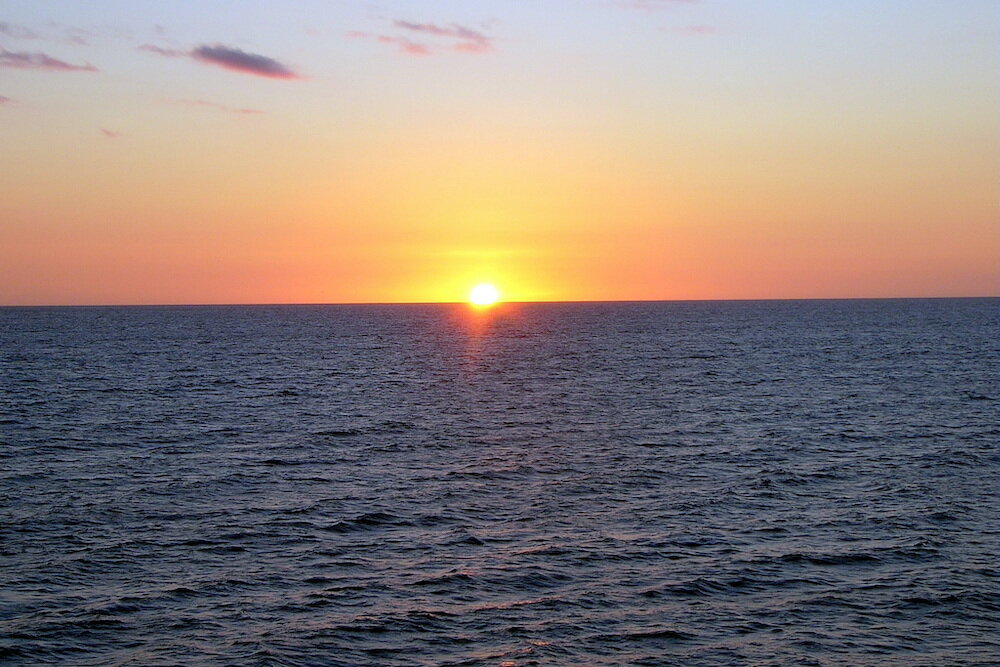
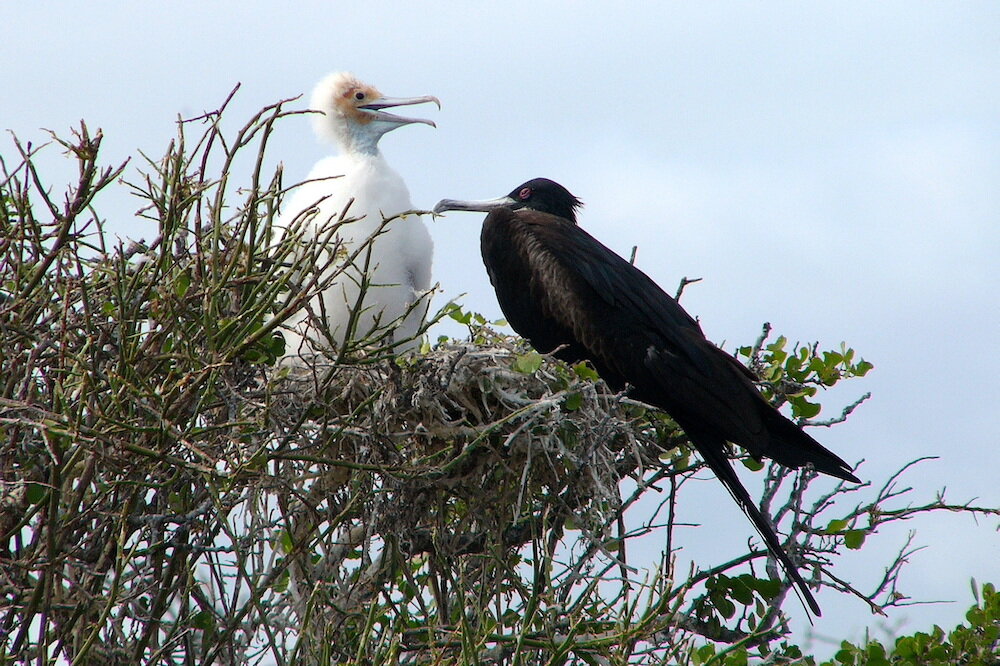

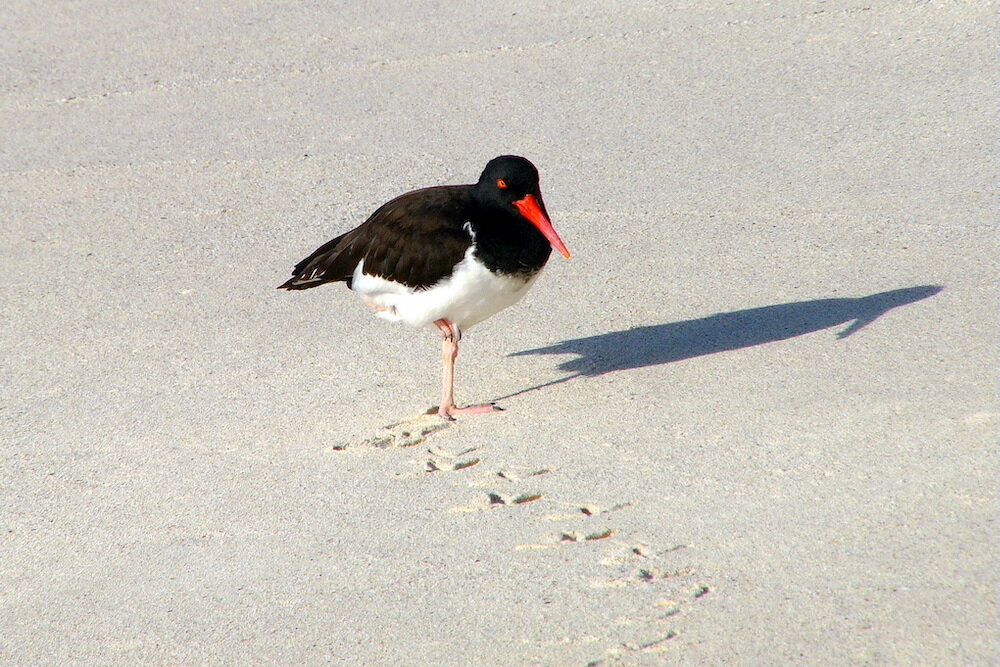
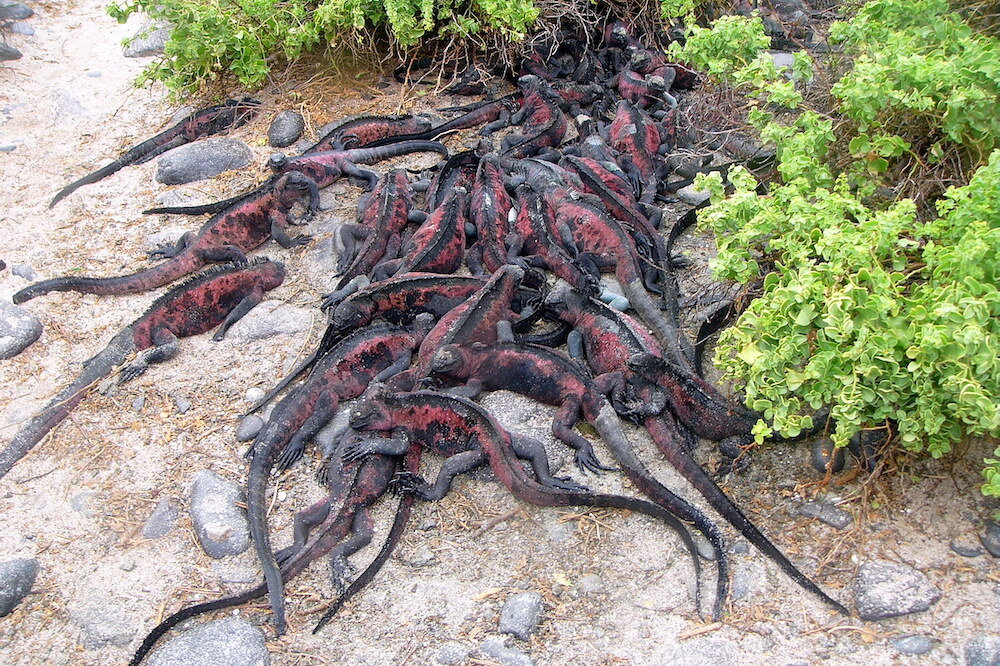
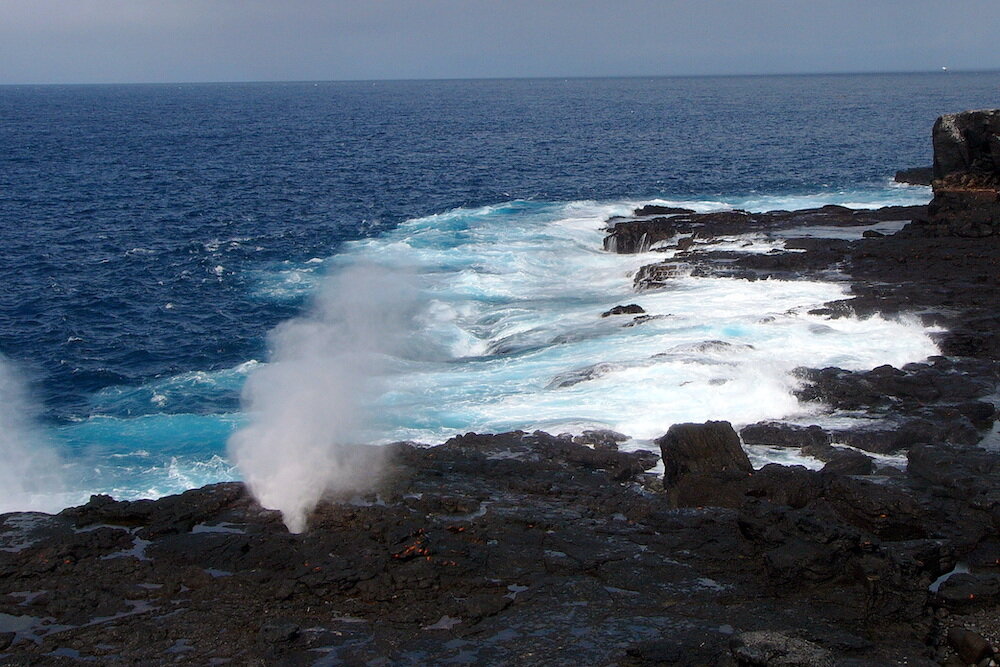
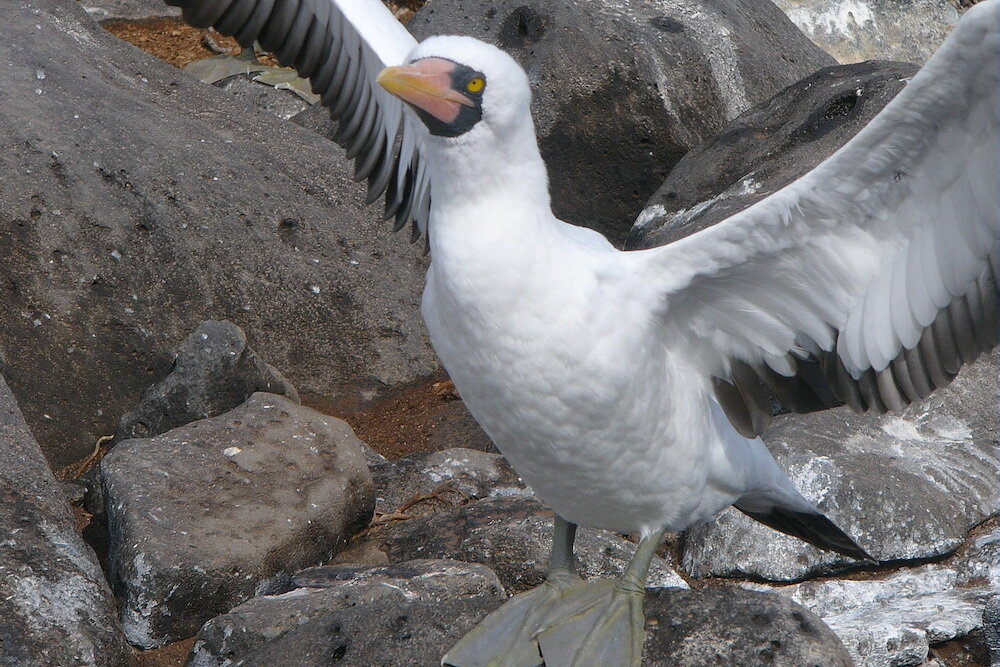
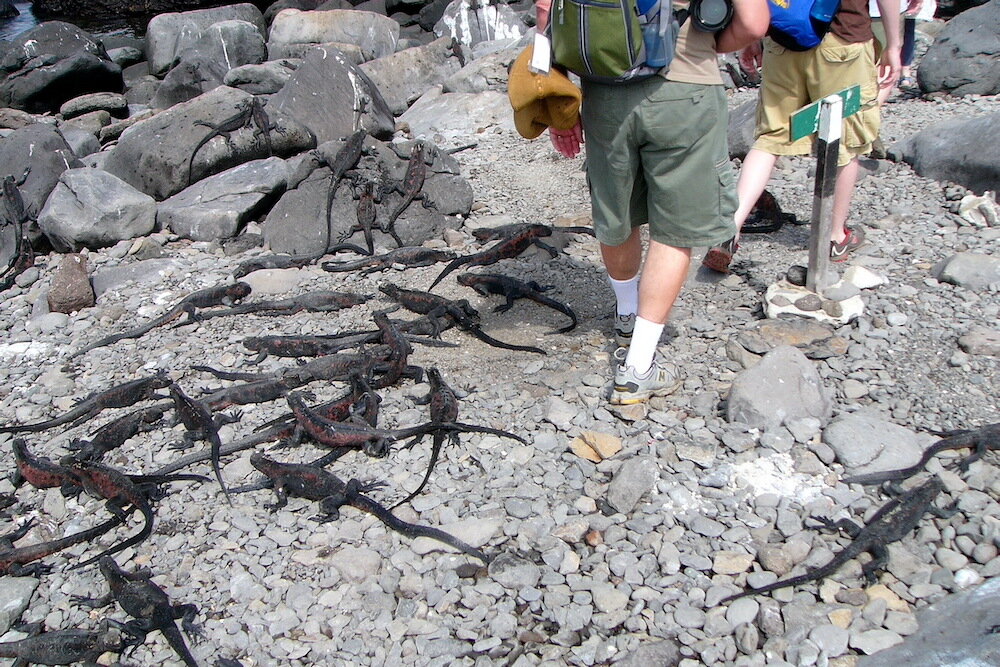

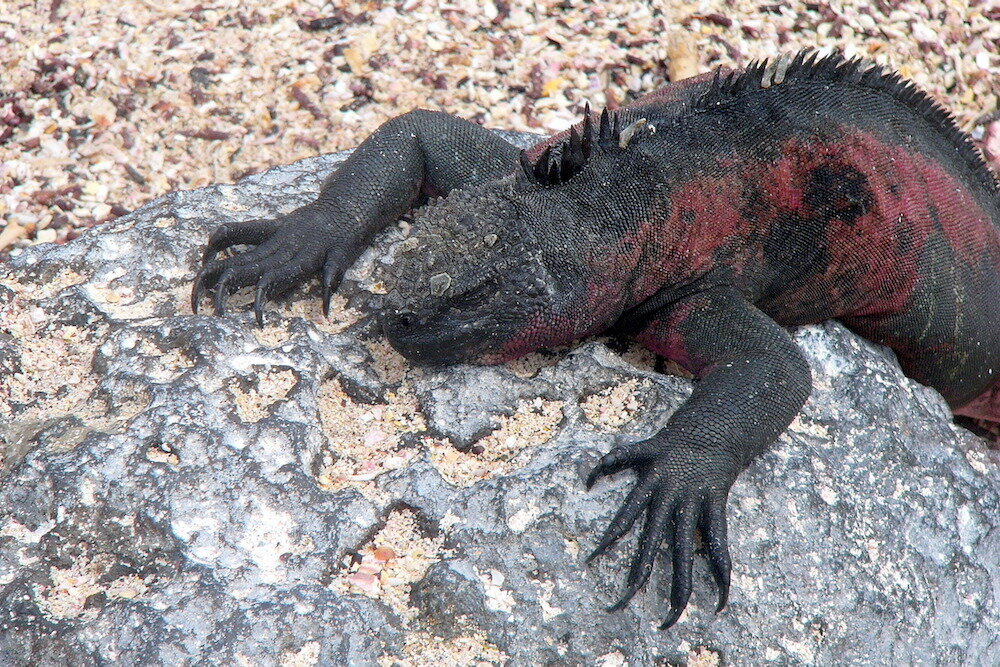
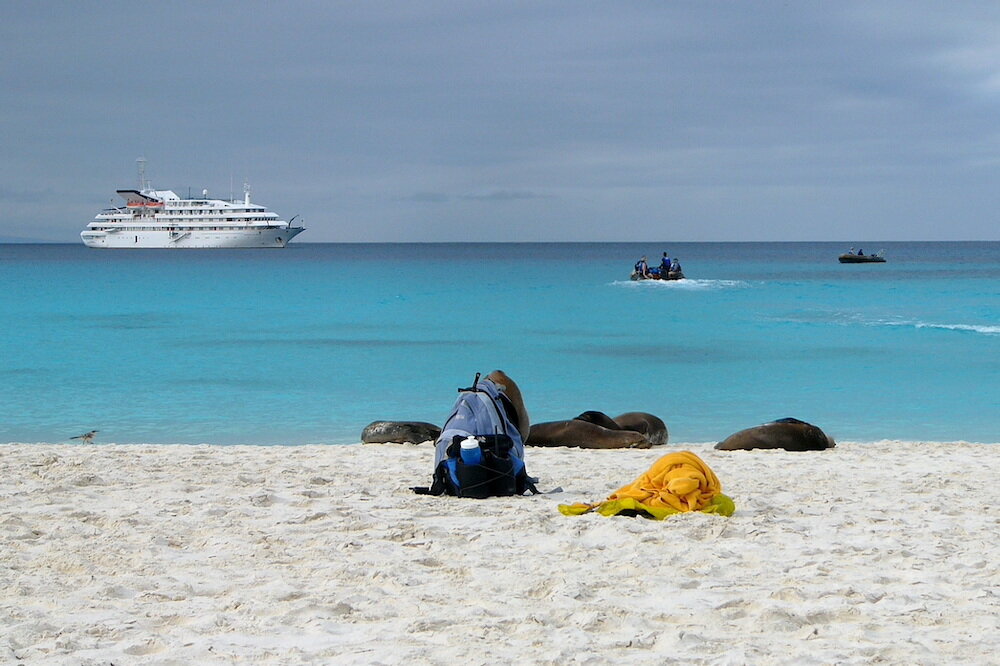
Our ship is the Legend, and we have carefully chosen it for safety and the ability to get us into some of the best destinations on the Galapagos Islands.
Click here to learn more about the Galapagos Legend
Click here to learn more about the PRICING and Legend’s Cabins
For information about Galapagos CE Credit, Click Here!
Wednesday, June 29, 2022:
Your flight will arrive in Guayaquil at the José Joaquín de Olmedo International Airport (GYE.)
Check into the Wyndham Garden Guayaquil. The hotel is a 3 minute shuttle ride from the airport. The shuttle is free. It’s a 30 minute walk, so we encourage you to take the shuttle.
VETS will host a Welcome Cocktail Reception around 4 pm local time.
Thursday, June 30, 2022:
DAY 1 - THURSDAY, JUNE 30
am – San Cristobal Airport
Departure from Guayaquil to San Cristobal in a 2-hour flight. Upon arrival, passengers are picked up at the airport by our naturalist guides and taken on a ten-minute bus drive to the pier to board the M/V Galapagos Legend.
pm – Interpretation Center & Tijeretas Hill (San Cristobal Island)
Dry landing in Puerto Baquerizo Moreno, the capital of the Galapagos Islands. Passengers visit the Interpretation Center, an excellent place to learn about islands’ history in The Museum of Natural History which displays information about the volcanic origins of the islands, their remoteness from the continent, ocean currents, climate, the arrival of the different species and their colonization, among other points of interest. The human history is also showcased, chronologically narrating the most significant events related to the discovery and the island’s colonization.
Difficulty level: easy /intermediate
Type of terrain: flat/stairs
Duration: 1-hour visit / 1-hour walk
Tijeretas Hill involves a high-intensity walk amidst beautiful landscapes and a magnificent view at the foot of a frigate bird nesting colony.
Difficulty level: difficult
Type of terrain: Rocky
Duration: 1-hour visit
Friday, July 1, 2022:
DAY 2 - FRIDAY, JULY 1
am – Gardner Bay, Gardner & Osborn islets (Española Island)
Wet landing on a beautiful white coral sandy beach guarded by a colony of sea lions. There are no trails, so we stay along the shore where we can spot Galapagos hawks, American Oystercatchers, Galapagos Ground Doves, Hood mockingbirds, Yellow Warblers, lava lizards, marine iguanas, and three species of Darwin’s finches: a subspecies of the Large Cactus Finch, which is similar to the large ground finch, the Small Ground Finch (Geospiza fuliginosa) and the Warbler Finch (Certhidea Olivacea), another endemic subspecies. Swimming and snorkeling offer a great variety of the Galapagos’ marine wildlife: king angelfish, Creole fish, damsel fish, parrotfish, manta rays, and white-tipped reef sharks.
Difficulty level: easy
Type of terrain: sandy
Duration: 1-hour walk / 1-hour snorkeling
pm – Suarez Point (Española Island)
Dry landing. An island of geological interest, we explore volcanic formations and a riveting wildlife: large sea lion colonies and seabirds including the Española mockingbird, Nazca Boobies, and the spectacular Red-billed Tropicbird. You will also encounter marine iguanas, lava lizards, and the colorful Sally Lightfoot Crabs.
A somewhat lengthy hike will bring you among Nazca and Blue-footed Boobies, right up to nesting grounds that sometimes overlap the trail. Other birding favorites include Galapagos Dove, Galapagos Hawk, Swallow-tailed Gulls and the world’s largest colony of Waved Albatross, an unequivocal highlight during mating season (May-December).
Admire the island’s dramatic backdrop, featuring the famous “Soplador”, a seaward blowhole that shoots up water up to 23 m (75 ft) in the air.
Difficulty level: difficult
Type of terrain: rocky
Duration: 2 ½-hour walk
Saturday, July 2, 2022:
am – Post Office (Floreana Island)
Wet landing. Located on the north side of Floreana, the bay was named because in 1793 Captain James Colnett installed a wooden barrel which served as an informal post office for sailors passing through, who would take letters with them back to their destinations. Today, visitors continue the tradition by placing unstamped postcards inside the barrel, hoping that some other traveler, going to the letter destination, will take it back for free. The chances are that the letter posted can take a long time to arrive at its destination. However, there have been cases where it has arrived before the sender.
We may also encounter Darwins finches, Yellow Warbler and Lava Lizards. Great snorkeling opportunities with green Pacific sea turtles. As well, the island is best known for its endemic vegetation: Scalesia villasa, Lecocarpus Pinnatifidus, and the Galapagos Milkwort. Snorkelers can practice on the main beach among playful sea lions.
Difficulty level: easy
Type of terrain: sandy
Duration: 30-minutes walk / 1-hour snorkeling
pm – Cormorant Point / Devil’s Crown / Champion (Floreana Island)
Wet landing, on an olivine green, sanded beach. We hike from the black mangrove beds to a brackish lagoon, which usually holds one of the largest flamingo populations in the Galapagos. This island features some endemic plants such as Scalesia villosa, white and black mangrove, and holy stick. The trail continues to a beautiful white sandy beach, one of the most important nesting sites of green Pacific sea turtles. It is important to avoid walking in the water due to the Sting Rays that may be hiding in the sand, which can be dangerous if accidentally stepped on. From the beach, one can spot sea turtles, blue-footed boobies plunging into the water, and small reef sharks floating along the shoreline in the search for food. This coral-sand beach marks the end of our trail, and we head back to the olivine beach we landed on, to swim or snorkel amongst sea turtles, reef fish, sea lions and, on a good day, white-tipped reef sharks. A small colony of penguins resides on Floreana and can sometimes be observed as well.
Difficult level: easy
Type of terrain: sandy and flat
Duration: 1-hour walk / 1-hour snorkeling
Sunday, July 3. 2022:
am – Charles Darwin Research Station & Fausto Llerena Breeding Center (Santa Cruz Island)
Dry landing. We visit the Station where the Galapagos giant tortoise breeding program takes place as part of our efforts to preserve the fragile Galapagos environment and where the famous Lonesome George (the last surviving specimen of his species) lived for decades. Admire a prickly-pear cactus forest and variety Darwins finches and other land birds. The Darwin Station also works providing environmental education to the communities, schools, and tourists visiting the Galapagos Islands. You will also have some free time to visit the town and shop for souvenirs.
Difficulty level: intermediate
Type of terrain: flat
Duration: 1 1⁄2-hour visit
am – Highlands Tortoise Reserve (Santa Cruz Island)
Dry landing. In the mountains of Galapagos it is possible to admire different kinds of birds, such as: tree and ground finches, vermilion flycatcher's, paint build creeks, yellow warblers, and cattle egrets (usually standing on the tortoises’ shell). The journey to the reserve offers great opportunities to see the contrasts that the island offers in reference to the variety of ecosystems. The road goes from the coast through the agricultural zone and straight up to the dense humid forests. Often, Galapagos Giant Tortoises are also seen on the way, wandering through pastures in the paddocks. This spot is a birdwatchers’ haven, since almost every land bird present on the island lives or migrates here.
Difficulty level: easy
Type of terrain: flat & muddy (depending on season)
Duration: 45-minute drive / 1 1⁄2-hour walk
pm – Ballena Bay / Eden Islet (Santa Cruz)
Wet landing. Ballena (Whale) Bay is a beautiful green sand cove at the base of Dragon Hill on the west coast of Santa Cruz Island. The beach* contains a large amount of olivine crystals of volcanic origin. The crystals were formed when the magma was still underground. The content is magnesium, iron and silica. A small population of tortoises from Pinzón Island lived at the site, but were probably taken by whalers or previous inhabitants. Opportunity to see marine iguanas* and sea birds* followed by snorkeling. Difficulty level: intermediate
Type of terrain: rocky
Duration: 1 hour walk / 1 hour snorkeling
Monday, July 4, 2022:
am – Carrion Point (Santa Cruz Island)
This is a rocky cliff offers the great opportunity to explore more the various marine biodiversity of the islands. Do snorkeling among a variety of colorful fish, stingrays, and if lucky, there could be the chance to see the magnificent White tipped shark.
Difficulty level: easy
Type of terrain: water
Duration: 2-hour snorkeling
pm – Black Turtle Cove (Santa Cruz Island)
On the north shore of Santa Cruz Island, accessible only by sea, four species of mangrove crowd and form an internal lagoon, turtles visit the calm waters, peaking their heads above the surface while fish, rays circle below. White-tipped reef sharks can be seen beneath the boat, plus sea birds, including pelicans, herons and egrets. This cove has been declared as a “turtle sanctuary”.
Difficulty level: easy
Type of terrain: none
Duration: 1 hour dinghy ride
Tuesday, July 5, 2022:
am –El Berranco, Prince Philip’s Steps (Genovesa Island)
Be marvelled at the variety of sea life that uses the crevices of the lava cliffs for shelter. Red-billed Tropicbirds fly overhead, switching between their nests and the bay, and a small colony of fur seals may be found near the landing site. You will be dropped off at a steep stairway that begins on rocks at the foot of a path that leads through a seabird colony full of Nazca and Red-footed Boobies. At the plateau, the trail continues inland allowing you to see more nesting booby colonies in the thin Palo Santo forest. Near the end of the trail, over a rocky lava plain, Wedge-rumped Storm-Petrels can be observed flying in all directions. If you are lucky, you may catch a glimpse of a Short-eared Owl.
Difficulty level: moderate
Type of terrain: rocky - lava
Duration: 45-minute walk
pm –Darwin Bay
Disembark onto a small sand and coral beach. A short trail heads west along a tidal lagoon and then up a rocky hill that leads to a point overlooking the cliffs and Darwin Bay. Along the trail near the tidal lagoon, visitors will see pairs of Swallow-tailed Gulls, Lava Gulls, Yellow-crowned and Lava Herons. The trail continues through Palo Santo trees, Opuntia cacti, and Saltbushes inhabited by Great Frigate birds and Red-footed Boobies. This is one of the few places in the islands where visitors are guaranteed to see Red-footed Boobies. It is estimated that more than 200,000 Red-footed Boobies live in the trees and bushes of Genovesa.
Difficulty level: moderate
Type of terrain: sand & lava
Duration: 2 1/2 hour walk approx/ Snorkeling
Wednesday, July 6, 2022:
am – Dragon Hill (Santa Cruz Island)
Dry landing. Walk by a brackish lagoon to see flamingos. The trail lead across typical dry zone vegetation. Keeping up until Dragon Hill, see an important nesting ground for endemic land iguanas, offering lovely views of the anchor boats in neighboring Highlands. The forest is home to mockingbirds, Darwin’s finches, yellow warblers, and Galapagos doves.
Difficulty level: intermediate
Type of terrain: rocky
Duration: 2-hour walk
pm – Santa Fe Island
Wet landing. Santa Fe shows white sand beaches surrounded by sea lion colonies; through the island path, an endemic cactus forest is passed, home the Santa Fe land iguanas (the largest in the islands). This island is the habitat for a number of species, including the Galapagos hawk, Galapagos snakes, rice rats (one of the few endemic Galapagos rodents), a variety of finches and one of the four mockingbird species of the archipelago.
Difficulty level: intermediate
Type of terrain: rocky
Duration: 1 1⁄2-hour walk / 1-hour deep-water snorkeling
Thursday, July 7, 2022:
am – Bachas Beach (Santa Cruz Island)
Wet landing. On the north side of Santa Cruz; behind the beach lights to flamingo ponds were iguanas sunbathe, see coastal birds, Darwin finches, mockingbirds, and goals, as well as interesting native vegetation like red and black mangrove, salt bushes. This beach is one of the main sea turtles nesting sites in the Galapagos. A turtle can lay eggs 3 or 4 times per season with an average of 70 eggs each time. At this beautiful site, we will also find the remains of barges that sank a long time ago, when the United States Navy operated a base during World War II on Baltra island. Local people modified the word barges to “Bachas”.
easy
Difficulty level: easy
Type of terrain: sandy
Duration: 1-hour walk / beach time
pm- leave from Baltra Airport
For those heading home after the Galapagos: Passengers will be transferred to the Baltra airport for a return flight to Guayaquil, Ecuador and those who are heading home will fly from Guayaquil.
Those continuing their journey to Machu Picchu will fly from Baltra to Guayaquil to Lima, overnight in Lima and catch a morning flight to Cusco.. We will stay at the Wyndham Costa Del Sol airport hotel.
Information when booking your international flights:
1) For those doing the Galapagos only, without any side trips, you will book your flight from an airport close to your home to Guayaquil, Ecuador, to arrive no later than Wednesday, June 29, 2022 (the next morning we depart on a flight from Guayaquil to San Cristobal on the Galapagos Islands, and are transferred to our ship which will leave port soon after our arrival on-board). You do not want to miss the morning flight from Guayaquil to San Cristobal because “your ship will have sailed. . .”. and it may be impossible to board it after it sails. VETS will book your return flight after our cruise on Thursday, July 7, from Baltra on the Islands to Guayaquil, with a late morning or early afternoon arrival. This should allow you to make connections home later that day or evening.
2) For those participating in the Machu Picchu extension, you will want to book your flight into Guayaquil as described above, and at the end of the cruise will return to Guayaquil and connect to a flight to Lima, Peru. VETS will book you on that flight, from the Islands to Guayaquil and from Guayaquil to Lima to overnight, and will book you on a morning departure the next day for Cusco. You’ll need to book a return flight from Cusco most likely to Lima to connect with international flights you book to return home. VETS will cover your flights from Guayaquil to the Galapagos Islands, and return from the Galapagos Islands to Guayaquil, then Guayaquil to Lima, and Lima to Cusco. You will need to book your outbound flights from your home to Guayaquil, and book your return flights from Cusco back to your home (most likely through Lima).
